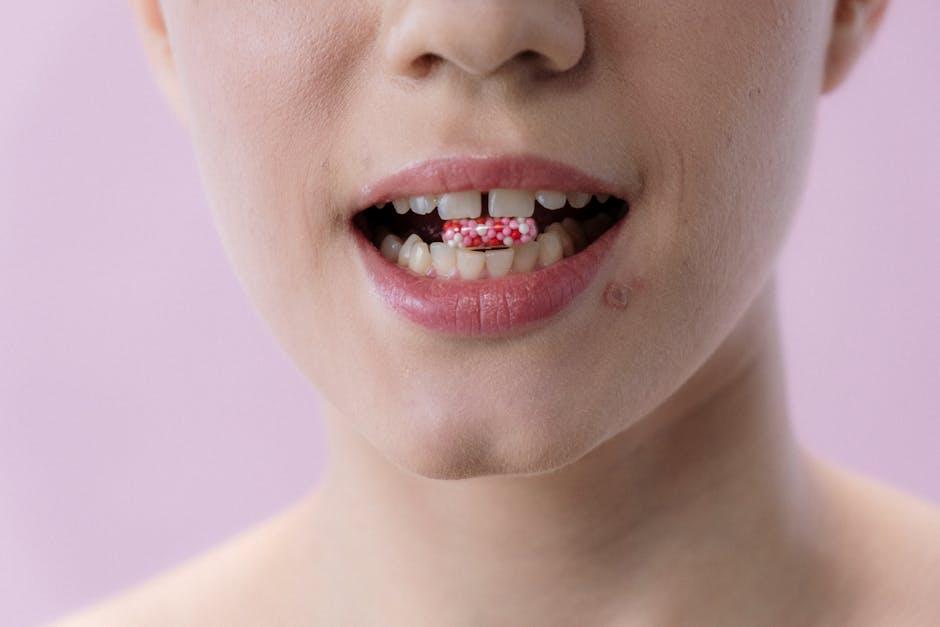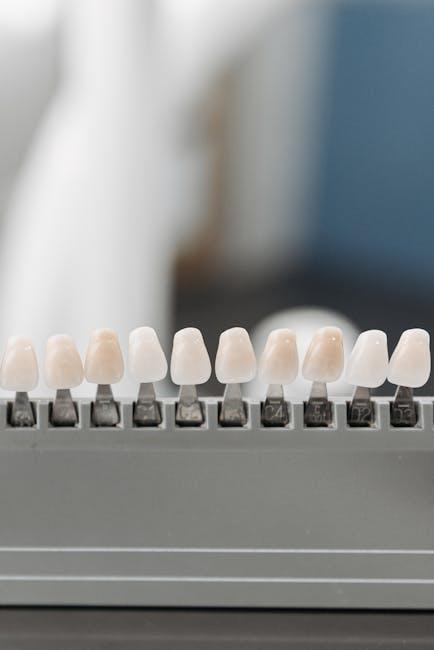
Minimally Invasive Cosmetic Dentistry: Smile Reconstruction Using Direct Resin Bonding
If you’re looking for a way to rejuvenate your smile without invasive procedures or lengthy recovery times, minimally invasive cosmetic dentistry might be the perfect solution. One of the standout techniques in this field is smile reconstruction using direct resin bonding. Featured prominently in research shared on ResearchGate.net, direct resin bonding offers a swift, efficient, and aesthetic way to restore teeth while preserving natural structure.
What Is Minimally Invasive Cosmetic Dentistry?
Minimally invasive cosmetic dentistry focuses on treatments that conserve as much of the natural tooth structure as possible. This approach prioritizes dental health alongside aesthetics by employing techniques that reduce damage and promote longevity.
- Preserves natural enamel and dentin
- Limits use of drills and teeth removal
- Offers faster recovery and less discomfort
- Focuses on early intervention and prevention
Understanding Direct Resin Bonding for Smile Reconstruction
Direct resin bonding involves applying tooth-colored composite resin directly onto the teeth to correct imperfections such as chips, discoloration, gaps, and minor misalignments. This technique can reshape, lengthen, or enhance the teeth’s appearance with high precision.
How Does the Procedure Work?
The procedure for direct resin bonding generally follows these steps:
- Assessment: A dentist evaluates the patient’s teeth and chooses an appropriate resin shade.
- Preparation: Minimal tooth surface preparation; often just cleaning and roughening of the enamel.
- Bonding: The resin is applied in layers; each is cured using a special light.
- Shaping and Polishing: The dentist sculpts the resin to natural tooth shape and polishes it for a seamless finish.
Benefits of Smile Reconstruction with Direct Resin Bonding
This method offers multiple advantages that make it a desirable choice for many patients:
- Minimally invasive: Preserves more healthy tooth structure than veneers or crowns.
- Cost-effective: Usually less expensive than porcelain veneers or crowns.
- Quick turnaround: Typically completed in one or two dental visits.
- Reversible and flexible: Can be adjusted or replaced with ease if needed.
- Esthetic appeal: Provides a natural look thanks to advances in resin materials.
Comparison: Direct Resin Bonding vs. Veneers
| Feature | Direct Resin Bonding | Porcelain Veneers |
|---|---|---|
| Invasiveness | Minimal, no significant tooth removal | Requires enamel removal |
| Cost | Lower | Higher |
| Durability | 5-7 years (with care) | 10-15 years |
| Repairability | Easy to repair | Not easily repaired; often replaced |
| Procedure Time | 1-2 visits | 2-3 visits |
Case Studies Highlighting Effectiveness
Several dental professionals have documented successful smile transformations using direct resin bonding, underscoring its versatility:
Case Study 1: Repairing Chipped Teeth
A 28-year-old patient with chipped front teeth underwent direct resin bonding. The dentist used composite resin to restore tooth shape and color, resulting in a natural and harmonious smile in a single visit.
Case Study 2: Closing Diastemas (Gaps Between Teeth)
In another case, a patient with small gaps between incisors was treated with direct bonding. The gaps were closed without invasive procedures, providing an immediate esthetic enhancement with no discomfort.
Practical Tips for Patients Considering Direct Resin Bonding
- Choose an Experienced Cosmetic Dentist: Skill significantly impacts results.
- Maintain Oral Hygiene: Follow good brushing and flossing habits to prolong resin life.
- Avoid Staining Foods and Habits: Limit coffee, tea, smoking, and red wine to keep resin color stable.
- Schedule Regular Check-ups: Professional cleanings help reduce discoloration and detect early wear.
Expert Insight: Why Direct Resin Bonding Is Gaining Popularity
According to research shared on ResearchGate.net, direct resin bonding bridges the gap between conservative treatment and esthetic dentistry, meeting rising patient demands for less invasive cosmetic solutions. The material improvements in resin composites have enhanced durability and esthetics, making this technique a frontline option for quick smile makeovers.
Conclusion
Minimally invasive cosmetic dentistry, particularly smile reconstruction using direct resin bonding, offers an innovative, patient-friendly approach to enhancing dental esthetics. Combining preservation of natural tooth structure with rapid, cost-effective results, this method is ideal for patients seeking quick, beautiful smile transformations without the risks associated with more invasive procedures. If you want a brighter, more confident smile, consulting with a cosmetic dentist about direct resin bonding could be your first step toward achieving smiles that shine!


